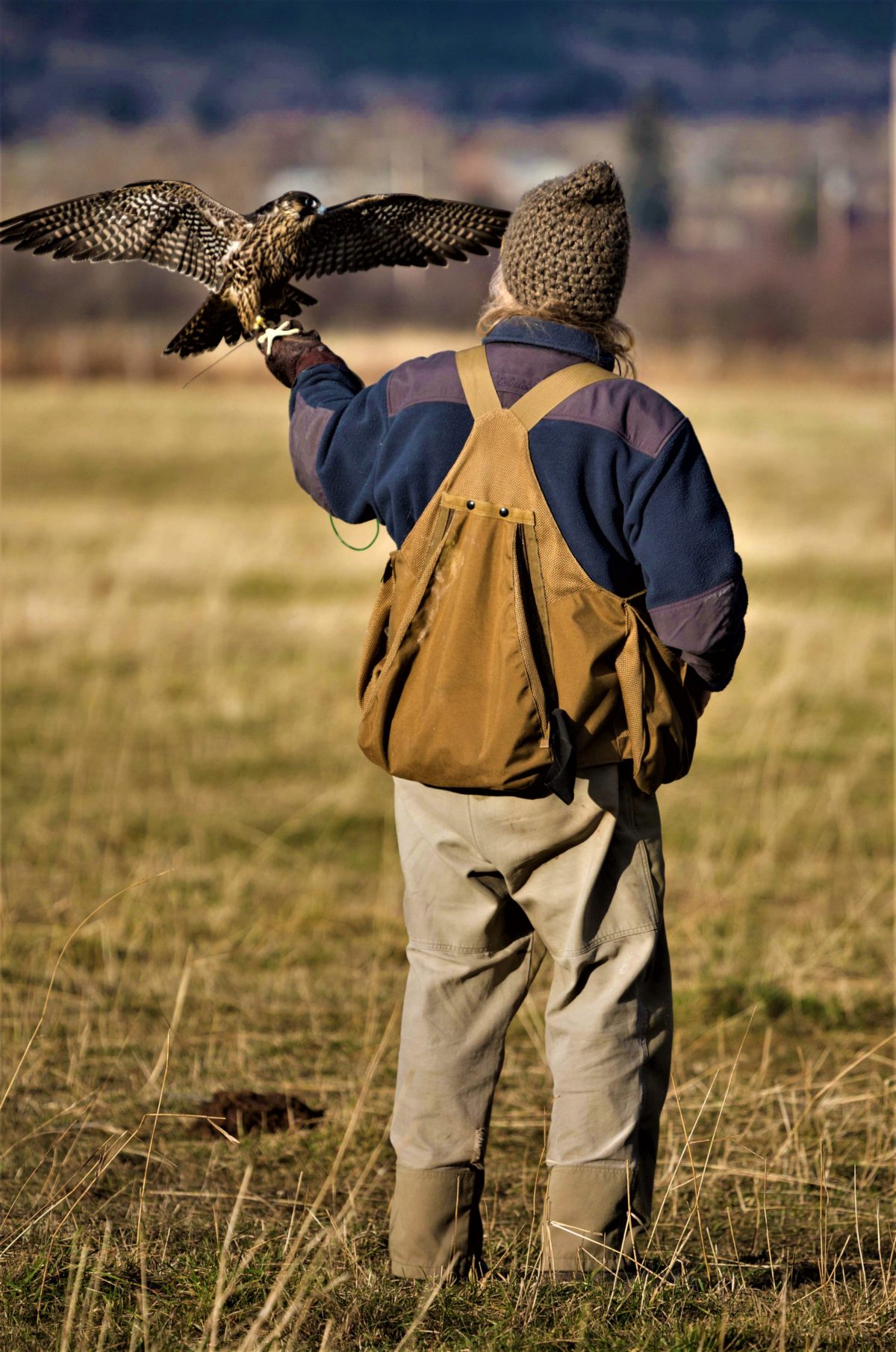Children in the Aida refugee camp – 7/10ths of a densely packed, square kilometer containing nearly 6,000 people on the outskirts of Bethlehem – have one playground. It is nestled behind the Lajee Center, one of several community development organizations in this Palestinian community.
No one goes to the playground hoping to play dodge-ball with incendiary teargas canisters, not even Palestinian kids. But it never hurts to be prepared. Especially when there is an active Israeli military base across the street from the swing sets and the slide.
Actually, the concrete Annexation Wall (as I call it) is directly across the

street, but the resident army unit snuggles tightly against their side of the barrier overlooking the playground. So, the soldiers have a bird’s eye view of the little boys pushing their toy cars in the sand box.
The army base also has its own set of steel gates, large enough to accommodate trucks, tanks and fully loaded personnel carriers, built into the Wall that grants them immediate access to Aida’s largest street. The very street passing by the Lajee Center and its playground.
This mammoth, gray gate can only be opened and closed from the outside, the Israeli army side. The residents of Aida have no control at all. They cannot lock the soldiers out of their neighborhood, but the soldiers can, and do, invade their homes as they please.
What seems to please the Israeli soldiers most often these days is shooting teargas, rubber bullets and skunk water at the people whose only “crime” is being Palestinian living in Israeli-occupied territory.
Naturally, the crime of being Palestinian includes little children, too.
Why else would Israeli soldiers fire teargas onto the Lajee Center

playground, terrorizing Aida’s preschoolers that sunny, spring morning? It’s hard for a 4-year-old to outrun the gas, especially when the wind speeds its dispersal. But the youngsters do their best. Fortunately, most of them have a parent or older sibling present to help their escape.
The soldiers paused occasionally as they strolled down the wide street, gas masks covering their faces. Over and over they calmly lobbed canisters of fuming noxious smoke among the panic-stricken children.
Imagine the chaos as people flee in all directions, either trying to escape the plumes of blinding gas or frantically searching for their little ones now vanishing inside a wet cloud of white smoke that can easily suffocate a small child in less than a minute.
Teargas blinds your senses. It blinds your eyes with incredible, stinging pain, flooding your cheeks with acidic tears. It also blinds your brain to the neural impulses that tell your lungs TO BREATHE! So, you think you can’t.

First, because of the burning gas torching your mouth and throat, you can’t breathe.
Second, because your brain has been tricked into suppressing the automatic reflex, you can’t breathe without great, deliberate effort. But, unless you’ve covered your mouth sufficiently or escaped the cloud of smoke, taking another breath of teargas is the last thing you want to do. But you need to breath! So, what do you do

I have no idea how the minds and bodies of tiny infants, delicate toddlers, baby brothers and bigger sisters managed to cope with this surprise attack. Nor do I know the stories of the family members and friends, all blinded themselves, whose only thought was to rescue the screaming child they heard somewhere off in the murky distance. (I heard this story from a friend who filmed the incident as it unfolded from the balcony of her home. The image above is one frame from that film.)
No one had expected to play dodge-ball with teargas canisters on the playground that day.
But Israeli soldiers are inventive at coming up with new games to play with Palestinians, especially in the Occupied Territories. And aren’t we told repeatedly that this is the most moral army in the world defending the only democracy in the Middle East?
